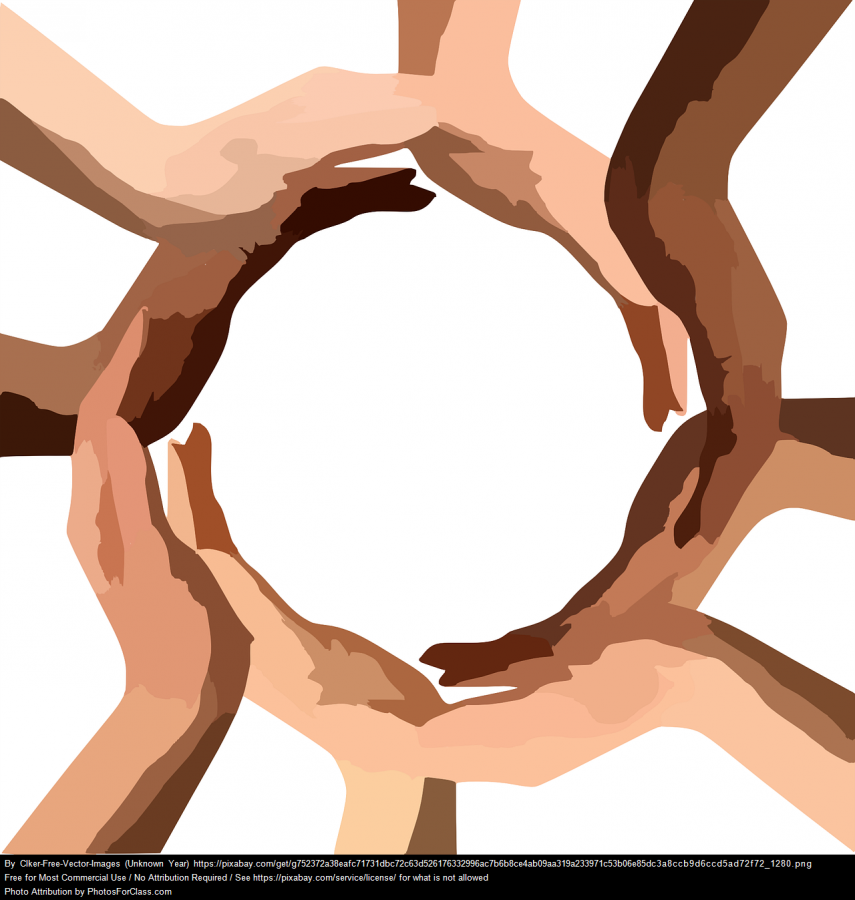Diversity at Sedro-Woolley High School
November 23, 2021
Students and staff at Sedro-Woolley High School are faced with the reality of racial inequality and injustice.
In a school that is predominately white, it may be hard for educators who don’t have much experience with students of different nationality to connect or relate to.
“It’s easy as a teacher, or as a person, to stick to what’s familiar,” said Sedro-Woolley High School math teacher Brett Turner
“I can be comfortable talking to a student with the same kind of experiences as me, that can be where they are from, or their hobbies, but it can also be their skin color. I have to put more effort into reaching out equally across those differences, and sometimes I do better and sometimes I do worse,” said Turner
With hopes that educators will see the lack of racial education that occurs within the school, making sure to teach the new incoming generation about these issues would make the world a better and safer place for people of color.
“I always ask why we’re doing the things we’re doing and if its good for all and if we should continue doing it, and if the answer is tradition, or that is how we’ve always done it,” says High School math and avid teacher Vanessa Jones-Goodwin.
According to education demographic and geographic estimates, in the Sedro-Woolley School district, 83% is while, 1% black, 1% Asian, 1% American indian and 12 % Hispanic or Latino. Out of all of the students, they are only taught in history classes that racism is bad, but aren’t taught how big of a problem it is today and how to prevent it.
“We still have a long way to go,” said Rachael Rodriguez-Padilla, a migrant advocate at Sedro-Woolley High School.
“Right now we are still finding the support in the building to help the bilingual learners. We do have support but more would be awesome to help and support bilingual families. We have a lot of barriers and breaking down those barriers would help students who need help,” said Rodriguez-Padilla.
While support is important, experiences that might impact students desire to learn can be difficult when not only being stressed with homework, but feeling unwelcome, and out of place in a environment where students are told they are safe.
“One day during lunch sophomore year, my friends and I were all standing in front of the gym when the school faculty members approached us saying we couldn’t stand there,” said Mark Torres, a Senior at Sedro-Woolley High School.
“We were all wearing LA hats and because we were Mexican, they assumed and called us out on ‘gang affiliation,” said Torres
In a perfect world, stereotyping wouldn’t exist, but it does. And when situations like Torres’s happen, students want to be heard. Without disciplining people that say hateful things about a different ethnicity, they will never see the wrong in their actions and will never realize how much of an impact they have on someone’s life.
“We have an anti harassment and bullying policy that goes for students and faculty members and racism would fall in the category,” said Jones-Goodwin.
“I cant speak on anything specifically, but I believe those situations are taken seriously and if it were to occur. I do believe, however, that ignorance is not an excuse for racist statements and sometimes it’s a lack of knowledge and requires education.” said Jones- Goodwin
Racism is a topic that is not taught enough in school, and it is up to the students and adults to educate those who don’t see or know how to address this issue.
“Finding the right words to say because we can all be offensive in a way without realizing it,” said Rodriguez- Padilla. “We need to start being okay with feeling uncomfortable and start making changes, by asking what their experiences and what they did to shut it down, but I think we are all afraid to ask them in fear of making them feel excluded. We tend to ignore what’s going on but if we don’t reprimand when things happen they’ll never be a change. Students are the voice.”



